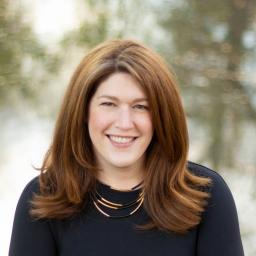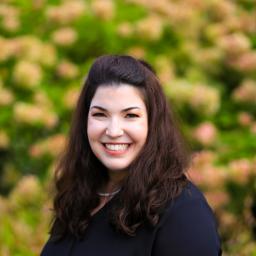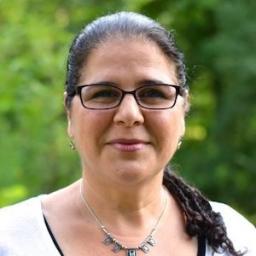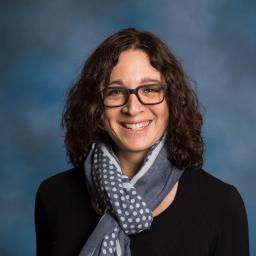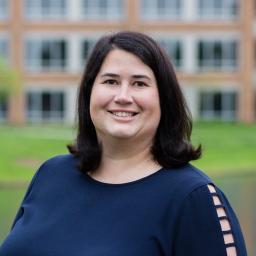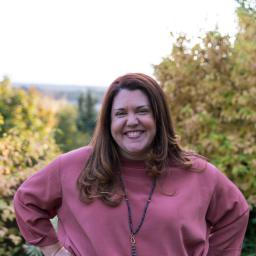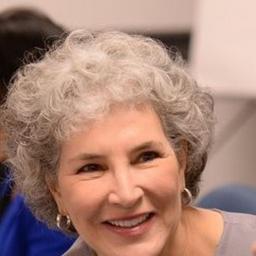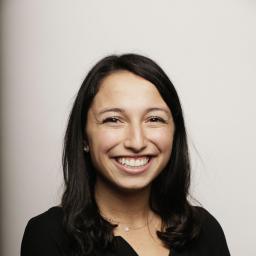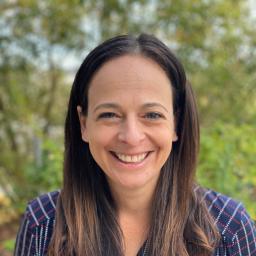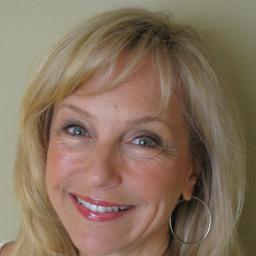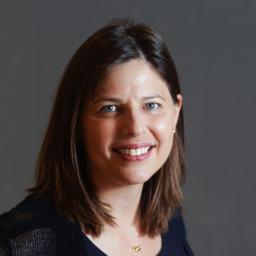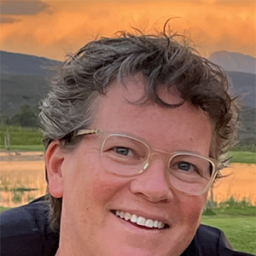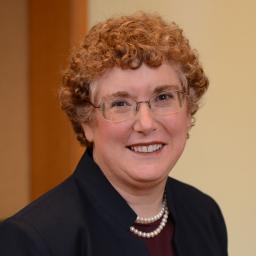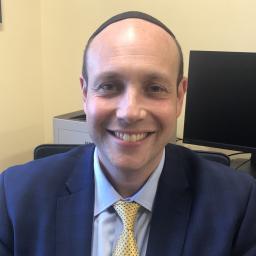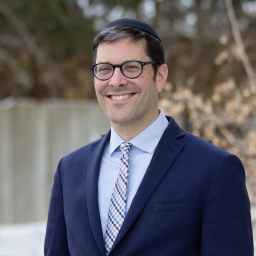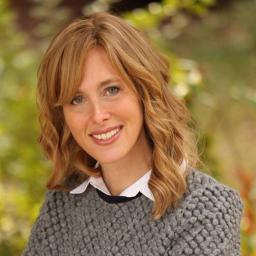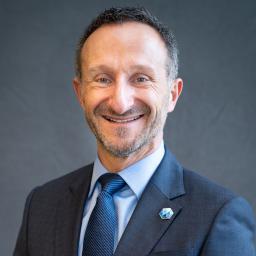Serena Deutch, Director of Admissions, Jewish Community Day School (JCDS)
Our pluralistic school in the Greater New Orleans area, serving infants through sixth grade, began the 2021-2022 school year by reaching a new enrollment record. However, long before the pandemic, the school’s future was not always certain.
Originally named New Orleans Jewish Day School (NOJDS), JCDS was founded in 1996 and grew steadily. By 2004, it boasted 85 students in kindergarten through eighth grade. In August 2005, however, Hurricane Katrina decimated the homes of much of the Greater New Orleans Jewish population, and many were slow to return to town. NOJDS was already struggling when the economic crisis of 2008-2009 made a day school education a luxury. By 2013, the school had fewer than thirty students, all in K-5, and had changed its name to Community Day School in an effort to broaden its appeal.
The tide began to turn with the hiring of a veteran Jewish day school educator, Sharon Pollin, as head in 2013. During her tenure, she reestablished the school’s Jewish identity and strengthened its general studies program, which helped enrollment grow. The school was renamed again, now as Jewish Community Day School of Greater New Orleans, and finally fulfilled a longstanding vision of adding the Reggio-inspired Susan and Howard Green Preschool. When Brad Philipson, a native New Orleanian with a background in secular schools, stepped in, he brought a fresh perspective to a preschool through sixth grade school with an enrollment of 72 children.
In June 2020, I began my tenure as admissions director with an understanding of the school’s history and the importance of building upon its recent period of renewal. My passion for Jewish community-building underscored the importance of helping this community thrive.
The summer passed by quickly; I sifted through unresolved, pre-lockdown admissions files and ushered applicants through the process. Before long, school resumed in person, and a new admissions cycle had begun, even while we received more applications for the current year. We partnered with the largest hospital system in the region, Ochsner, to develop our Covid protocols, bolstering our school’s reputation among the medical community. While stricter than most peer schools, the enforcement of those protocols combined with a supportive parent body meant that the number of per-capita Covid cases and even exposures during the 2020-2021 school year were among the lowest in the city. Students added after the start of the year eventually led to a new peak enrollment. Eighty-seven students might not sound like much, but for JCDS, it represented a giant exhale, a sense that things really were going to be okay.
As someone new to day school admissions, I relished the chance to experiment with innovative ways to recruit and engage families. When the annual Sukkot BBQ was canceled due to Covid restrictions, we pivoted to a Sukkot Scavenger Hunt that partnered with local synagogues. The virtual open house had more attendees than previous in-person events. A strong partnership with the Parents Association, also under new leadership, led to more creative community-building opportunities.
Amidst this period of growth, we haven’t lost sight of the school’s deep, personal relationships and our care for one another. In August 2021, we welcomed 100 students, the highest enrollment in the school’s history. Shortly thereafter, on the 16th anniversary of Hurricane Katrina, Hurricane Ida raced through Louisiana, displacing families for weeks. Class group chats and Facebook communication sprang up, and families hosted playdates in their evacuated cities, from Houston to Atlanta.
An online Shabbat program included recorded greetings from day schools across the country, and the continued support for our school has been unwavering at this pivotal moment. In the years since Katrina, the school didn’t simply revive itself—it took the concerted effort of dedicated leaders, community members, educators and families to help manifest the continued growth of our school. We are happy to be together once again, and we look forward to a bright future.
Aviva Walls, Head of School, and
Amy Pernick, Director of Admissions, Gesher Jewish Day School
The numbers are impressive: In just 18 months, our enrollment has increased by just over 50%, from 106 to 173. One might think the story behind this statistic is a simple one. We offered in-person learning five days a week when area public schools weren’t able to do the same. However, there are far more factors that led to Gesher’s success than one might presume. Behind those statistics lies not only a favorable physical environment, but also a supportive board, a shift in school culture toward embracing feedback, a dedicated and passionate team, the desire for community and connection, and a bit of luck.
Our size was an asset; we are fortunate to have a large building situated on 28 acres of land. Additionally, the Governor of Virginia issued specific regulations for school reopening, meaning that we had guidance to follow as we crafted a plan that would allow us to keep our students healthy and safe. Our team never wavered in our commitment to do what was needed to safely reopen for in-person learning.
Gesher’s announcement that we would be opening for five-day-a-week in-person learning, juxtaposed with our local county schools’ announcing their plan for hybrid-learning model, led to a surge of new inquiries and applications throughout the summer of 2020 and into the fall. Within a month of school starting, we were “Covid full,” unable to safely accommodate any additional students for the school year. In Amy’s words, “After having been at home in quarantine since March, the rush of applications over the summer felt like I was drinking from a firehose. I felt personally responsible for making sure that every family I spoke to felt cared for and heard after the collective trauma that we had all experienced.”
During those frantic summer months, our board gave us the leeway and support (both personally and financially) to make quick and nimble decisions. Our ventilation system was upgraded, masks and hand sanitizer were purchased in bulk and four event tents were purchased and installed to provide shelter for outdoor learning. The most significant change involved knocking down eight walls to create double-sized classrooms to accommodate social distancing. Supportive board aside, the other greatest key to our success lay in securing two of the best medical advisors a school could need. One was the chief epidemiologist for our county’s health department, the other a veteran pediatrician who also serves on the school reopening committee for the Virginia chapter of the American Academy of Pediatrics. Together, they provided a wealth of knowledge and wisdom, answering questions from our faculty and parents and supporting us through difficult operational decisions.
Despite all our preparation, we were still more than a bit anxious about our decision to teach in-person. There was an unspoken fear that we would be lucky to stay open beyond the first six weeks. However, with the partnership of our community, the dedication and sacrifice of our faculty, and the help of Hashem, we remained open for the entire year.
The news of our success quickly spread throughout the larger community. By April, we celebrated not only 100 days of school in-person, but 100 new student applications for the upcoming school year! With so many prospective students to meet, Amy re-imagined the admissions process rather than simply sticking to what had worked last year: “It was critically important that we convey the warmth of our community every step of the way, despite limitations that meant many families were making enrollment decisions without having set foot in the school.” Even families that ultimately turned down our offers of enrollment remarked on the care and attention they received.
We knew that successful admissions would only play a small part in ensuring Gesher’s long-term growth and success. By increasing our retention efforts, we built trust and connection with our current families. We solicited feedback (both favorable and constructive) during check-in phone calls and sent out surveys multiple times throughout the year to ensure that every voice was heard. We found ways to create Covid-safe outdoor events and made morning drop-off and afternoon pick-up opportunities to engage and connect as well.
While Covid may have attracted a number of our new families to our school, it was their desire for belonging, for the community and connection that we have fostered at Gesher, that has kept them engaged with us and helped us retain nearly 70% of our new students even when public schools reopened this fall. We are incredibly grateful and proud of what we’ve accomplished together this past 18 months, ensuring that the next generation of Gesher students are grounded in belonging and Jewish joy.
Laura Lavine, Head of School, Syracuse Hebrew Day School
For the third consecutive year, our kindergarten class has more students than in recent memory. In fact, this September’s class is the largest in more than ten years.
The continued growth of our K-6 school is attributable to a number of variables, including the high quality of its general/secular education, it's Hebrew and Jewish studies instruction, art and music including Jewish music and individual instrumental music lessons, physical education, a beautiful library with accompanying instruction, small class sizes, additions to faculty and greater financial stability. Our technology surpasses that of most elementary schools in the area: not only do we provide a device for each student and have Viewsonic boards in each classroom, we have a brand new broadcasting studio complete with a green screen that our students use every day.
This continues to be a challenging time for families. No one could have imagined that we would be facing a third consecutive year of Covid. Fortunately, with support from our families, students, employees, board of directors, and greater community, we kept Covid at bay and had no Covid transmissions during the 2020-2021 school year. We provide a safe environment, allowing teachers to focus on students and their learning. However, if in-person instruction is not possible this year, we are prepared to shift to online learning again on very short notice, as we did in the spring of 2020.
Now in its 61st year, Syracuse Hebrew Day School continues to earn its reputation for educational excellence for Jewish and non-Jewish students. That reputation helped our enrollment increase by 50% for the 2020-2021 school year during Covid. I am especially pleased to note the families that are continuing with us even after public schools returned to relatively normal operations. Some families enrolled their children at SHDS last school year because we opened for full-time, in-person instruction last September. They are staying because they value the individualized education that their children are receiving and the intimacy of our small school community.
Ali Reingold, Director of Admissions and Marketing, Hebrew Day School of Ann Arbor
Spanning more than 45 years and the only Jewish day school in town, our TK-5 school welcomes families from the broadest range of Jewish practice and observance, embracing the idea that the tent is big enough for us all, and that a strong community is built through the celebration of both our similarities and our differences. Over the past several years, with students numbering in the high 40s to low 50s, we employed a robust, multifaceted recruitment strategy to increase visibility and enrollment. Offering an exceptional, whole-child focused education in general studies, Judaic studies and Hebrew language, HDS found itself positioned as an excellent school in a crowded market, with a plethora of local public, private and charter options.
In March 2020, as the whiplash of the Covid-19 pandemic overwhelmed schools, everything at HDS went virtual: teaching, learning and even admissions. When we reopened for in-person instruction for the 2020-2021 school year, the school’s Covid-19 protocols prohibited visitors from entering the building. Could admissions work continue remotely? Would interested families still fall in love with HDS from afar?
The admissions department saw this not as an obstacle but as an opportunity. Reflecting on experiences from the past, it became clear that the strategies that had allowed HDS to successfully build relationships with prospective students and families would remain the same, whether in-person or on Zoom. Conversations would still begin with an authentic description of and deep dive into the mission-driven educational product. There would still be a strong commitment to holding space for parents to show their thinking, ask questions and address concerns. And the school’s desire and ability to build community would be evident throughout, as every interaction between school and family would be professional, genuine, and warm.
With the admissions team poised to pivot to remote work, inquiries began increasing, as parents in the Ann Arbor area searched for in-person instruction for their children. The power of word of mouth had never been more evident, as HDS parent ambassadors, armed with gratitude towards and passion for the school, spread the word within their communities.
I spent hours on Zoom with interested parents. As an alumni parent myself, I understood the importance of taking the time and care to learn each family’s story, helping them make connections between their current experiences and those that HDS would offer their child(ren). Teachers, still eager to connect with potential students as a part of the admissions process, constructed unique games and activities that could be played via Zoom, each one tailored to that child’s interests.
Ultimately, the admissions team spent hours online, with parents, with students and with each other, as they reviewed and evaluated the growing number of new applications. Seats filled, and a waitpool was created. By the end of the 2020-2021 school year, HDS counted its enrollment at 59 students. We are thrilled to say that for 2021-2022, after retaining nearly all of the new students who had joined the previous year, and adding 27 new students, enrollment currently stands at 70. Our school—the students, the staff, and the families—is truly a joyful, and now growing, community of learners.



